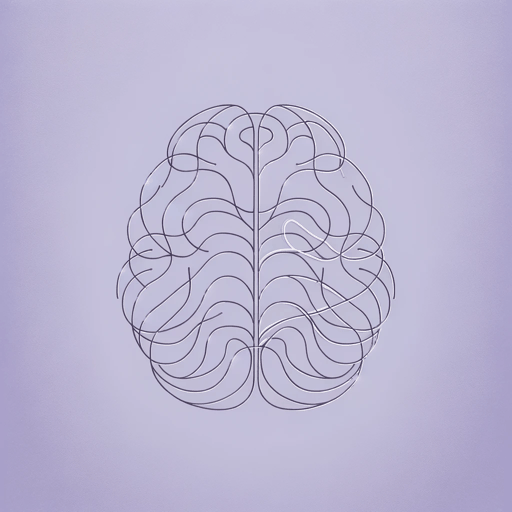47 pages • 1 hour read
Bessel van der KolkThe Body Keeps the Score: Brain, Mind, and Body in the Healing of Trauma
Nonfiction | Book | Adult | Published in 2014A modern alternative to SparkNotes and CliffsNotes, SuperSummary offers high-quality Study Guides with detailed chapter summaries and analysis of major themes, characters, and more.
Summary and Study Guide
Overview
The Body Keeps the Score: Brain, Mind, and Body in the Healing of Trauma is a 2014 nonfiction work by Bessel van der Kolk, M.D. This guide refers to the 2015 edition published by Penguin Books. Van der Kolk, a psychiatrist specializing in various forms of trauma, has worked in trauma therapy for his entire professional career, publishing numerous scientific research studies of his own and contributing to many more. In addition to being a New York Times Bestseller, The Body Keeps the Score has been highly lauded by van der Kolk’s peers in the medical field.
Through a mix of anecdotes about patients, stories about his personal life, scholarly citations, and general information, van der Kolk provides an overview of trauma, its source, and its treatment. He also charts the history of the scientific community’s fluctuating interest in and rejection of trauma as a diagnosis, as well as the resistance he has personally run into when trying to get the best possible care for those who suffer from combat PTSD, trauma from accidents, assaults, and childhood abuse and neglect.
Part 1 covers van der Kolk’s introduction to trauma as a medical student, highlighting his dawning interest in helping these particular patients. He describes what he notices about combat veterans and victims of child abuse. He explains the basic anatomy of trauma through neuroscience, and expresses his displeasure with the psychiatric industry’s obsessive focus on medicating symptoms with antipsychotic drugs rather than trying to treat the human underneath the symptoms.
Part 2 is a deeper dive into the physiology of trauma, in which van der Kolk lays out how the brain is structured, and which parts are involved in which relevant processes. He lays out trauma’s effect on specific areas of the brain, and how these changes affect the rest of the body.
Part 3 explores child abuse and neglect more in depth, as separate from other forms of trauma. Van der Kolk makes clear that incident-specific adult traumas affect the brain and body differently than ongoing childhood traumas, especially those starting at a very young age. He explains how trauma happens in children, how it affects them long-term, and how medical, education, and economic systems regularly fail victims of child abuse.
In Part 4, van der Kolk lays out historical context for the scientific study of trauma, including its roots in the late 19th century. He discusses in depth some of the primary objections to trauma as a diagnosis throughout history, and the resistance in both the medical field and the general public to the idea of repressed memory. Van der Kolk also notes some of the difficulties in getting others to see trauma as a “valid” study since it cannot be authentically reproduced in a laboratory.
Part 5 bridges all of the information provided from causes of trauma to possible methods of treatment. The section also focuses on a variety of treatment methods: EMDR, yoga, IFS, psychomotor therapy, neurofeedback, and theater.
Van der Kolk concludes with an epilogue in which he exhorts the scientific community and general public to give trauma the attention it deserves, so that traumatized individuals can receive the help they need and go on to life fuller lives.

